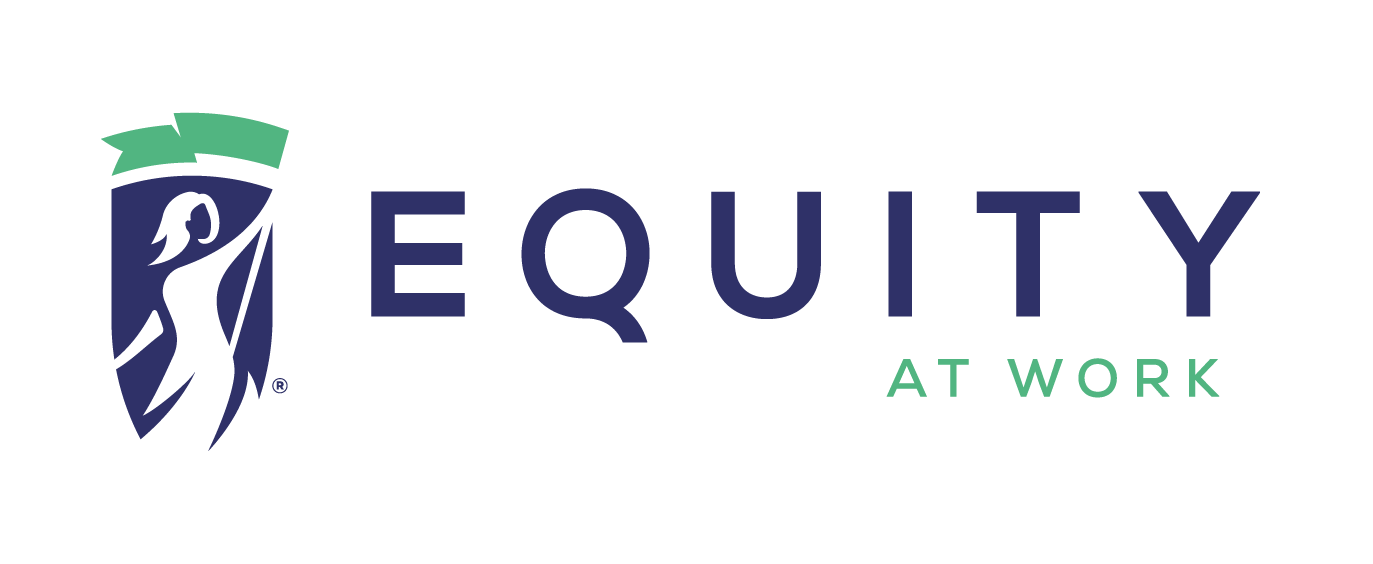Women’s Unemployment During The Pandemic Vastly Outpaces Men’s
As seen in The Dallas Morning News
The numbers are an urgent call to action for employers to do better for women.
For the past 10 years, annual unemployment for women 18 and over has been consistently lower than men’s. Then came the pandemic.
Not only has unemployment skyrocketed, a notable divergence of rates for women and men has appeared and is becoming a disturbing trend. Women are losing jobs, becoming unable to work and staying unemployed at much higher rates than men.
In July, 2.1 million more women than men did not have jobs than in February, according to U.S. Bureau of Labor Statistics data for those 18 and over. Further, 1.2 million more women than men were unemployed, and over 880,000 more women than men lost their ability to work.
Why? Many women face a triple systemic burden.
They have been unwittingly hampered from advancing out of lower level positions; they are often channeled into support roles that are viewed as less vital to core business; and they are disproportionately impacted by child, elder and extended family care.
Now, men are getting rehired at higher rates than women. From June to July, 1.8 times more men got jobs than women. Women have gone from 43% of the unemployed population to 51% in just five months.
The only way to crawl out of this hole is to address the inequities in the workplace that made it come about so quickly and so easily.
To start, employers need to quantify any disparities between women and men in their companies across multiple dimensions: by role, function, location, part time vs. full time, hourly vs. salaried. They need to measure the differences in the amount of time to and rates of promotion, tenure, voluntary turnover and career impact of using leave benefits. In parallel, employers need to gauge imbalances in leveling, base pay, cash bonuses and performance incentives. Most critically, leaders need to hold themselves accountable for progress by incorporating these measures into their own review criteria and tying their bonuses to improvements.
Finally, employers need to dig into the contributing factors that tend to have an outsize impact on inequities: lower promotion rates after entry level, poor sponsorship from senior leaders, resource groups that lack any ability to drive change, a lack of proactive succession planning, gaps in work flexibility and outdated family care benefits.
It is important to note that it is not lack of ambition or interest that pushes women into a higher share of lower-level and back-office jobs.
All too often women get stuck and stay stuck, or have to make a choice to greatly downshift their advancement. And typically employers are not intentionally trying to make this happen. Many are actually championing change but directing their resources ineffectively.
The numbers are an urgent call to action for employers to do better. The distressing new trend in women’s employment is shining a bright light on what happens when the worst of workplace systems come together. Employers need to dig into their own imbalances and inequities, take a hard look at what is broken and develop measurable action plans to create lasting change. This is foundational to their own improvement and key to our overall economic recovery.
Michelle's mission is to help companies create equitable workplaces. She is the Founder and CEO of Equity At Work, helping leaders achieve major impact through their diversity, inclusion and equity work. Follow her on LinkedIn and Twitter.
Photo credit: Chris Liverani


